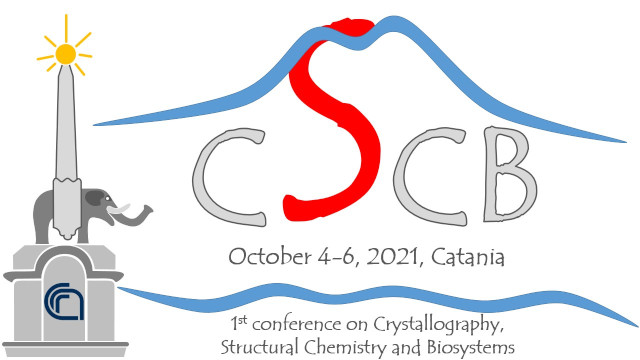Speaker
Description
Elettra, the Italian third generation synchrotron source, has been in operation since 1994 and is currently planning a major upgrade of both the storage ring and the beamlines in the framework of a project named Elettra 2.0. A new machine is foresaw, which the current beam parameters1 are very much improved, and planned to be completed in 2026, making Elettra competitive with the most up-to-date European synchrotron radiation facilities. While the new machine will be still operating at 2-0-2.4 GeV and with an unchanged ring diameter, the brilliance will be greatly increased, with a substantial gain for the entire Elettra users’ community. Indeed, such an improvement in machine performance will be significant also for all the X-ray diffraction beamlines2 currently operating at Elettra.
CNR has been contributing to the scientific growth and technical development of the Elettra research infrastructure as the main institutional partner in the last 24 years. CNR staff and associates have been involved in a variety of different experimental techniques: from X-ray macromolecular crystallography to VUV photoemissions. The CNR community has been essential in supporting the Elettra users’ activities and extremely active in proposing novel experiments. In view of Elettra 2.0, the CNR community working at the Elettra beamlines have been proposing its strategic view of the Elettra evolution, which has been shared with the Elettra management and the entire scientific community.
The research group of the Istituto di Cristallografia operating in Trieste has been involved in the development of the XRD1 crystallographic beamline since the very beginning of Elettra activities. XRD1 is a multipurpose diffraction facility that has been used for macromolecular and small-molecule crystallography as well as for grazing-incidence X-ray diffraction and X-ray scattering experiments. While XRD1 has been for a long time the one and only hard X-ray diffraction beamline at the facility, owing to a strong request from the respective users’ community, a number of more specialized X-ray diffraction beamlines have been recently established. With Elettra 2.0, the performances of the X-ray diffraction beamlines will be further strengthened making them more competitive to those already operational at various radiation sources. In view of the improved storage ring, we have been involved in the re-thinking of the X-ray diffraction beamlines at Elettra, especially the ones on which are focused the research activities of the CNR-IC group: XRD1 but also the macromolecular crystallography beamline currently denominated XRD2, developed in partnership with the IIS

